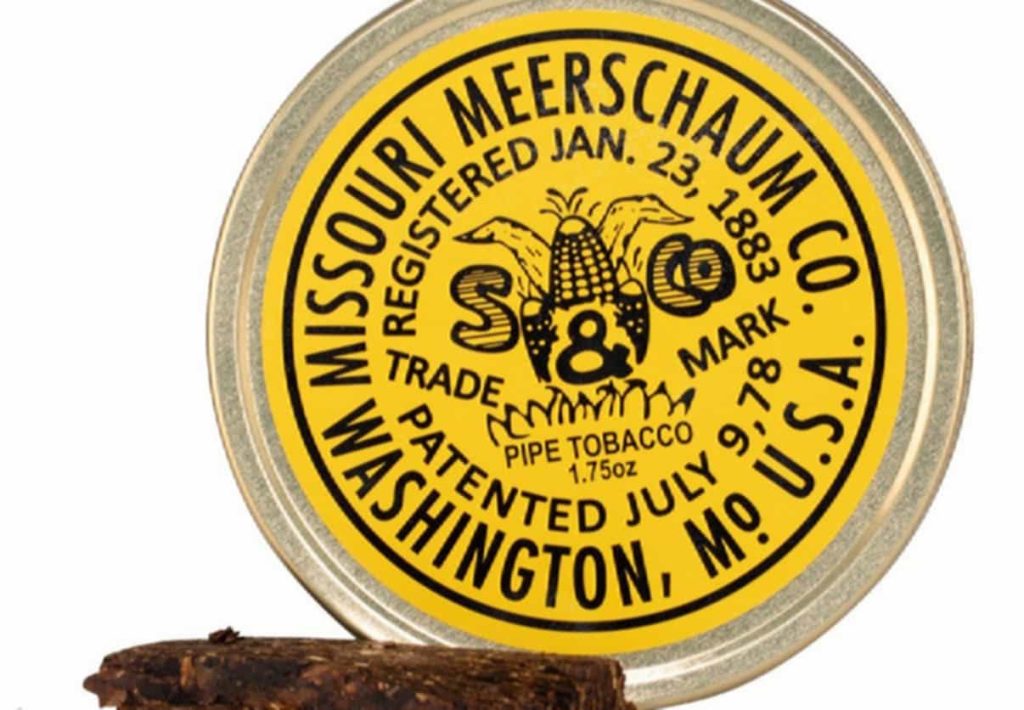
Missouri Burley tobacco, a key player in the tobacco industry, has a rich history and unique characteristics that set it apart. This blog post will take you on a journey from seed to smoke, exploring the art of growing this tobacco variety and its impact on the market. Join us as we delve into the fascinating world of Missouri Burley tobacco.
The Early Beginnings
Missouri Burley tobacco has a rich history that dates back centuries. Native to the fertile soils of Missouri, this tobacco variety was first cultivated by the indigenous tribes who recognized its unique properties and potential. Over time, the cultivation of this tobacco spread, becoming a significant part of the local economy and culture.
The Growth and Expansion
The 19th century marked a significant period of growth and expansion for Missouri Burley tobacco. With the advent of modern farming techniques and the growth of the tobacco industry, Missouri Burley tobacco became a sought-after variety, known for its robust flavor and high-quality leaves.
The Flavor Profile
Missouri Burley tobacco is renowned for its unique flavor profile. It has a robust, full-bodied flavor with a hint of sweetness, making it a favorite among tobacco connoisseurs. Its distinct taste is a result of the unique growing conditions in Missouri, which contribute to the tobacco’s flavor complexity.
The Growing Conditions
The fertile soils and favorable climate of Missouri provide the ideal growing conditions for Burley tobacco. The warm summers and mild winters, coupled with the rich, loamy soil, contribute to the growth of high-quality tobacco leaves that are rich in flavor.
From Seed to Harvest
The cultivation of Missouri Burley tobacco is a meticulous process that begins with the sowing of seeds in carefully prepared beds. The young plants are then transplanted to the fields where they are nurtured until they reach maturity. The leaves are harvested by hand, ensuring only the best quality leaves are selected.
Post-Harvest Processing
After harvest, the leaves undergo a process of curing, where they are air-dried in specially designed barns. This process allows the leaves to develop their full flavor and aroma, enhancing the quality of the final product.
The Demand and Market Influence
Missouri Burley tobacco plays a significant role in the tobacco industry. Its unique flavor profile and high-quality leaves make it a sought-after variety, influencing market trends and demand. It is a key ingredient in many popular tobacco products, contributing to the industry’s growth and profitability.
The Impact on Local Economy
The cultivation of Missouri Burley tobacco has a significant impact on the local economy. It provides employment opportunities and contributes to the region’s economic growth. The industry also supports local businesses, from equipment suppliers to transport and logistics companies.
Innovations in Cultivation
As the industry evolves, so does the cultivation of Missouri Burley tobacco. Innovations in farming techniques and technology are being adopted to improve yield and quality, ensuring the sustainability of this valuable crop.
Market Trends and Predictions
The future of Missouri Burley tobacco looks promising. With a steady demand and ongoing innovations in cultivation, this tobacco variety is set to continue its significant role in the tobacco industry.
Conclusion
Missouri Burley tobacco, with its rich history, unique characteristics, and significant role in the tobacco industry, is more than just a crop. It is a testament to the region’s agricultural heritage and a key player in the local economy. As we look to the future, it is clear that this tobacco variety will continue to play a significant role in the industry, shaping market trends and contributing to the region’s economic growth.
Technical Sources on Missouri Burley Tobacco
History and Production
Burley tobacco’s origin is credited to George Webb and Joseph Fore in 1864. They noticed it yielded a different type of light leaf shaded from white to yellow, and cured differently. By 1866, they had harvested 20,000 pounds of burley tobacco and sold it in 1867 at the St. Louis Fair for $58 per hundred pounds https://en.wikipedia.org/wiki/Burley_(tobacco).
Cultivation and Diseases
Burley tobacco plants are started from pelletized seeds placed in polystyrene trays floated on a bed. Transplanting begins in May and progresses through June with a small percentage set in July. Producers must contend with major diseases such as black shank and blue mold and insects like aphids https://en.wikipedia.org/wiki/Burley_(tobacco).
Statistics on Missouri Burley Tobacco
Production Statistics
In 1998, Missouri ranked twelfth out of sixteen tobacco producing states. The largest areas of tobacco production are north of Kansas City in Platte, Buchanan, and Clinton counties and in the central Missouri counties of Howard, Chariton, and Boone https://escholarship.org/content/qt6m8626sk/qt6m8626sk_noSplash_d476b6a3ad01373b3f6dedba6fcb1a5a.pdf?t=lnqmr2.
Consumption Statistics
From 1989 to 1999, the per capita consumption of tobacco products in Missouri declined only slightly and remained much higher than per capita consumption in many other states https://escholarship.org/content/qt6m8626sk/qt6m8626sk_noSplash_d476b6a3ad01373b3f6dedba6fcb1a5a.pdf?t=lnqmr2.
Recommended Books on Missouri Burley Tobacco
One recommended book on the subject of Burley tobacco is “Burley: Kentucky Tobacco in a New Century” by Ann K. Ferrell https://www.amazon.com/Burley-Kentucky-Tobacco-Century-Remembered-ebook/dp/B00AEV867E.
Sources of Information on Missouri Burley Tobacco
Several sources provide information on Missouri Burley tobacco, including the United States Department of Agriculture https://www.nass.usda.gov/Charts_and_Maps/Crops_County/tbu-pr.php
https://www.nass.usda.gov/Charts_and_Maps/Crops_County/tbu-ha.php, the University of Kentucky https://www2.ca.uky.edu/agcomm/pubs/ID/ID160/ID160.pdf, and the Missouri Department of Agriculture https://escholarship.org/content/qt6m8626sk/qt6m8626sk_noSplash_d476b6a3ad01373b3f6dedba6fcb1a5a.pdf?t=lnqmr2.
Conclusion
Missouri Burley tobacco has a rich history and continues to be an important part of the state’s agricultural production. Despite challenges such as diseases and pests, producers continue to cultivate this crop, contributing to the state’s economy and the global tobacco industry.